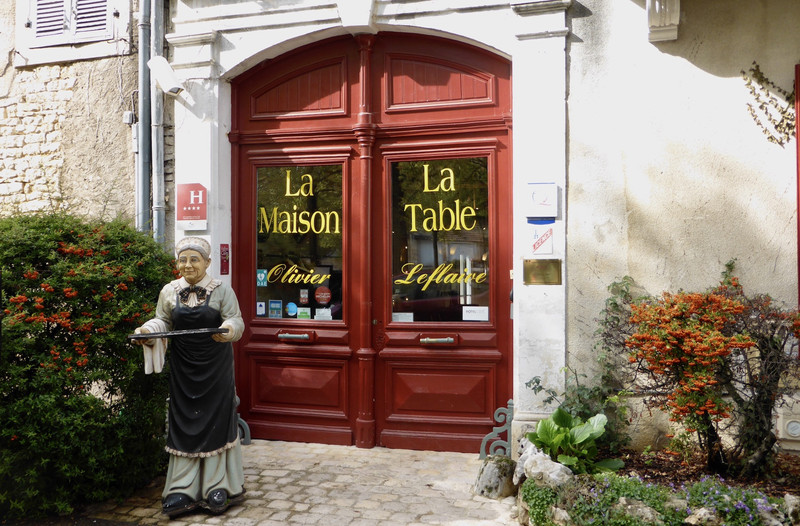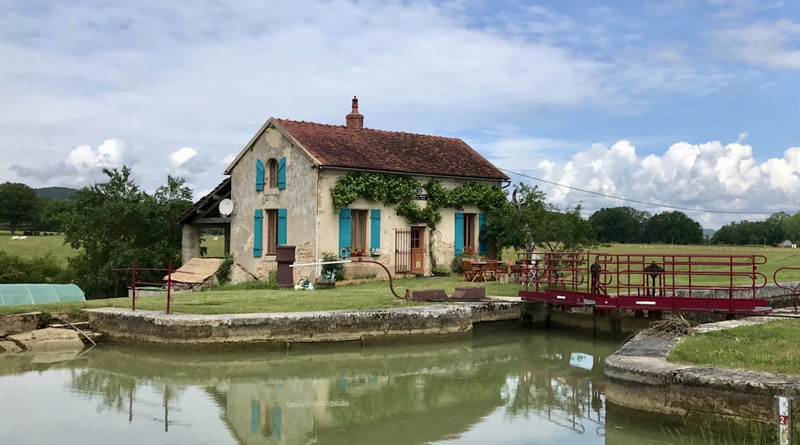Introducing Burgundy
Mention BURGUNDY and people think of the wonderful wines of the Cote d’Or, but there is a lot more than wine to this central region of France. It stretches from the Loire river in the west to the Jura foothills in the east and covers 31,583 sq kms of rolling terrain.
At its centre is the Morvan regional natural park; a mix of forest and moorland, lakes and rivers, as well as farmland. To the west, it’s mainly pastoral up to the Loire river and the Pouilly-sur-Loire vineyards; noted for their sauvignon blanc wines, Pouilly-Fumé. North are the Auxerrois and Chablis vineyards, and some notable churches, including the magnificent Gothic cathedrals at Auxerre and Sens, the dramatic Romanesque basilica of Ste Madeleine at Vezelay and the 12th century Cistercian abbey at Fontenay, near Montbard. Plus there are classic Renaissance chateaux, such as Ancy-le-Franc, and medieval villages like Noyers and Semur-en-Auxois. The provincial capital, Dijon, has a delightful pedestrian centre, a grand market hall designed by Eiffel, mustard galore and a proliferation of churches, museums, shops and good restaurants. In the nearby Cote d’Or you find the picturesque wine town of Beaune with its remarkable Hotel Dieu.
Southern Burgundy has three distinct regions. Brionnais is the rich farming area south of Charolles, noted for charolais cattle and lovely Romanesque churches with distinctive bell towers and fine sculptures. The Maconnais/Beaujolais is renown for its vineyards, but also features a prehistory museum at Roche de Solutré, fine Romanesque art in the abbey at Cluny and the notable churches in Tournus, Brancion and Chapaize. Thirdly, the Bresse region, on the plains east of the Saone river, is distinctive for its traditional half-timbered buildings with deep eaves (for drying corn), windmills, hedgerows and poultry; specifically poulet de Bresse, a prized table bird with slate-blue feet and its own appellation controllée.
In short, Burgundy has some of France’s most gorgeous countryside with extensive forests, lakes, rivers and canals, plus medieval villages and historic towns, varied architecture and a long history, which is rooted in Gallo-Roman and Celtic times. Located in the centre of France it tends towards a continental climate with warm to hot summers and cold winters and has good connections with Paris and the south.
That central location was ideal for us when we worked on hotel barges and a lock house on the Canal de Bourgogne was our home base for three years. Returning to Burgundy feels like going home and that’s why Taste France 2017 is back in Burgundy, The dates are 16-27 September and the itinerary is from Lyon to Auxerre with seven nights in the centre of Beaune. Excursions include a special cooking class with chef Didier Denis in his restaurant kitchen, the Jura region for its dramatic landscape and unique wines, a truffle hunt and lunch, vineyards and chateaux, a day with a local wine expert around the Chablis and Auxerrois vineyards, plus free time to enjoy Beaune’s huge weekly market, and its shops, museums, cellars and restaurants. Departure is guaranteed with just one room still available.




